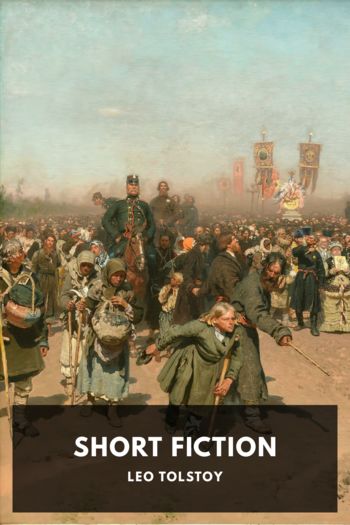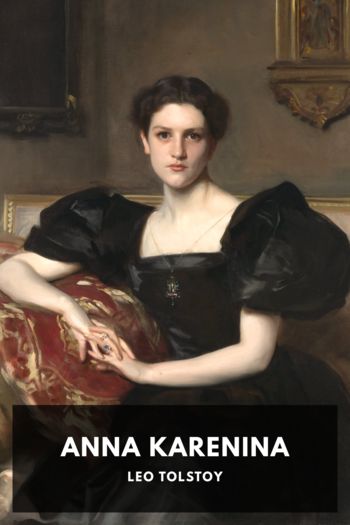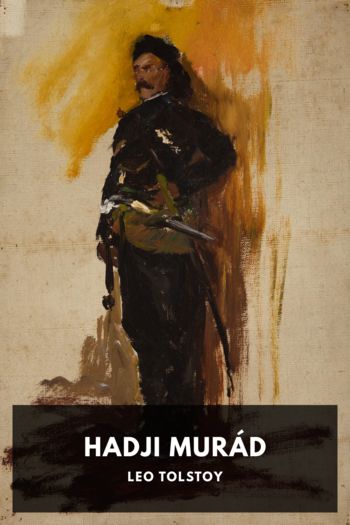What Is Art? Leo Tolstoy (good books to read for 12 year olds TXT) 📖

- Author: Leo Tolstoy
Book online «What Is Art? Leo Tolstoy (good books to read for 12 year olds TXT) 📖». Author Leo Tolstoy
The teaching of the schools stops there where the wee bit begins—consequently where art begins.
Accustoming people to something resembling art, disaccustoms them to the comprehension of real art. And that is how it comes about that none are more dull to art than those who have passed through the professional schools and been most successful in them. Professional schools produce an hypocrisy of art precisely akin to that hypocrisy of religion which is produced by theological colleges for training priests, pastors, and religious teachers generally. As it is impossible in a school to train a man so as to make a religious teacher of him, so it is impossible to teach a man how to become an artist.
Art schools are thus doubly destructive of art: first, in that they destroy the capacity to produce real art in those who have the misfortune to enter them and go through a seven or eight years’ course; secondly, in that they generate enormous quantities of that counterfeit art which perverts the taste of the masses and overflows our world. In order that born artists may know the methods of the various arts elaborated by former artists, there should exist in all elementary schools such classes for drawing and music (singing) that, after passing through them, every talented scholar may, by using existing models accessible to all, be able to perfect himself in his art independently.
These three conditions—the professionalisation of artists, art criticism, and art schools—have had this effect that most people in our times are quite unable even to understand what art is, and accept as art the grossest counterfeits of it.
XIIITo what an extent people of our circle and time have lost the capacity to receive real art, and have become accustomed to accept as art things that have nothing in common with it, is best seen from the works of Richard Wagner, which have latterly come to be more and more esteemed, not only by the Germans but also by the French and the English, as the very highest art, revealing new horizons to us.
The peculiarity of Wagner’s music, as is known, consists in this, that he considered that music should serve poetry, expressing all the shades of a poetical work.
The union of the drama with music, devised in the fifteenth century in Italy for the revival of what they imagined to have been the ancient Greek drama with music, is an artificial form which had, and has, success only among the upper classes, and that only when gifted composers, such as Mozart, Weber, Rossini, and others, drawing inspiration from a dramatic subject, yielded freely to the inspiration and subordinated the text to the music, so that in their operas the important thing to the audience was merely the music on a certain text, and not the text at all, which latter, even when it was utterly absurd, as, for instance, in the Magic Flute, still did not prevent the music from producing an artistic impression.
Wagner wishes to correct the opera by letting music submit to the demands of poetry and unite with it. But each art has its own definite realm, which is not identical with the realm of other arts, but merely comes in contact with them; and therefore, if the manifestation of, I will not say several, but even of two arts—the dramatic and the musical—be united in one complete production, then the demands of the one art will make it impossible to fulfil the demands of the other, as has always occurred in the ordinary operas, where the dramatic art has submitted to, or rather yielded place to, the musical. Wagner wishes that musical art should submit to dramatic art, and that both should appear in full strength. But this is impossible, for every work of art, if it be a true one, is an expression of intimate feelings of the artist, which are quite exceptional, and not like anything else. Such is a musical production, and such is a dramatic work, if they be true art. And therefore, in order that a production in the one branch of art should coincide





Comments (0)